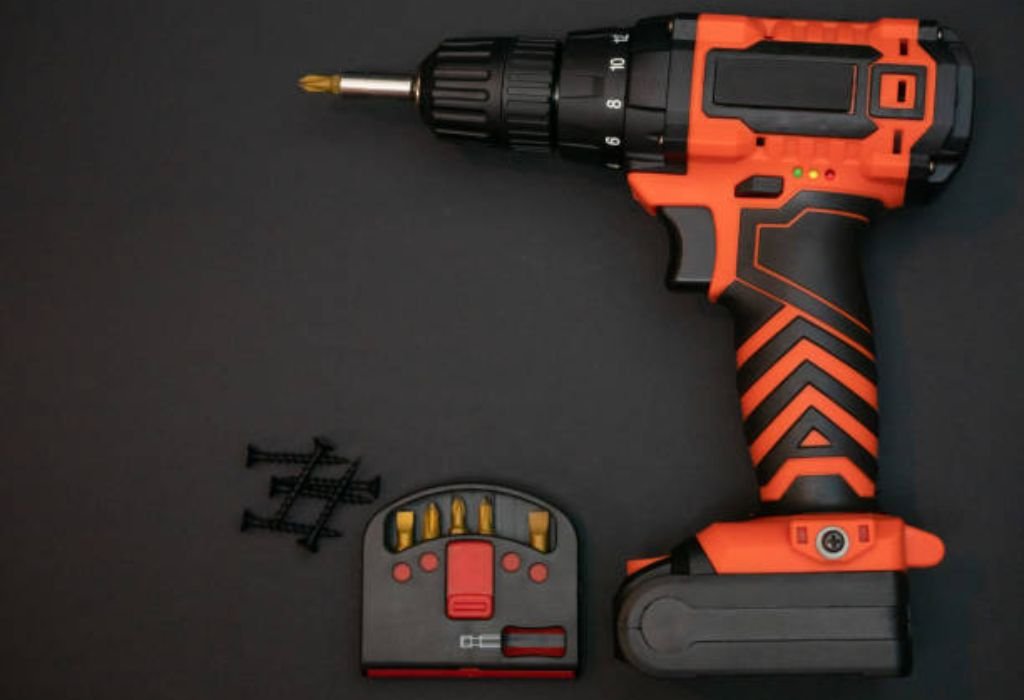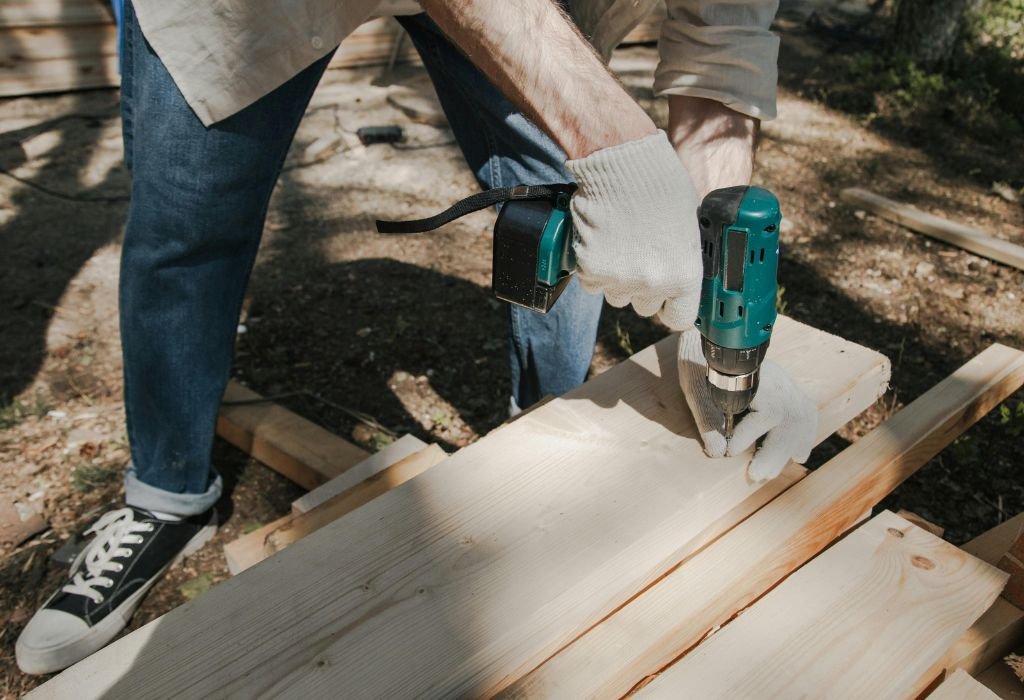A homeowner standing in the tool aisle often feels overwhelmed by the rows of cordless drills labeled 12V, 18V, 20V, and even 36V, unsure of which one is truly necessary.
The confusing numbers lead many to assume that higher voltage automatically means better performance, but that is not always the case.
Some projects require nothing more than a compact, lightweight drill, while others demand heavy-duty power that only higher volt models can deliver.
Choosing the wrong voltage can result in wasted money, unnecessary fatigue, or a drill that simply fails to complete the job.
According to the Home Improvement Research Institute, more than 70% of DIYers purchase tools that are mismatched for their actual needs, highlighting how common this problem is.
Voltage is an important factor, but it is only one piece of the puzzle when determining the best cordless drill for specific tasks.
Understanding what volt cordless drill you need requires balancing project requirements, tool performance, and overall usability.
This complete guide explains drill voltage, compares popular options, and helps you make the smartest choice for 2025.
What Does Voltage Mean in a Cordless Drill?

Voltage in a cordless drill refers to the amount of power provided by the battery. A higher voltage battery generally allows the drill to deliver more torque and power for tougher jobs.
However, voltage alone does not determine performance. Other factors like motor design, torque settings, and speed also play major roles in drilling ability.
Higher voltage drills are often larger and heavier, making them harder to handle for extended use. Lower voltage models are lighter and easier to control for smaller tasks.
Voltage influences both runtime and tool capacity, but the right choice depends on the type of work you plan to complete.
What is drill voltage?
It is the measure of power from the drill’s battery.
Does higher voltage mean stronger?
Yes, but it is not the only performance factor.
Does voltage affect weight?
Yes, higher volt drills are heavier.
Does voltage impact runtime?
Yes, larger batteries often last longer.
Is torque only about voltage?
No, design and clutch settings also matter.
12V Cordless Drills: Best for Light DIY
A 12V cordless drill is the best option for small household projects. It is compact, lightweight, and easy to maneuver in tight spaces.
These drills are ideal for assembling furniture, hanging shelves, and drilling into softwood. They work well for homeowners who need a tool for light repairs and simple installations.
The affordability of 12V drills makes them attractive to beginners. They provide reliable performance without the bulk or cost of larger models.
Limitations include reduced torque and battery life. They are not suited for drilling into concrete, metal, or hardwood for extended periods.
Is a 12V drill enough for home use?
Yes, for small repairs and light tasks.
Can 12V drills handle hardwood?
No, they lack sufficient torque.
Are 12V drills lightweight?
Yes, they are designed for comfort and control.
Do 12V drills cost less?
Yes, they are the most affordable option.
Who should buy a 12V drill?
Beginners and homeowners with light needs.
18V and 20V Cordless Drills: The All-Purpose Choice
An 18V or 20V cordless drill is the most versatile option for both homeowners and professionals. It balances power, weight, and battery life to handle most projects.
These drills can drill into wood, metal, and even masonry with the right bits. They are powerful enough for construction tasks but manageable for home use.
18V and 20V drills are often the same, with the difference being marketing terminology. Both deliver excellent performance for general-purpose drilling and screwdriving.
They are heavier than 12V drills but offer the best value for long-term use. This makes them the go-to choice for most DIYers and contractors.
What is better, 18V or 20V?
They are essentially the same.
Are these drills good for heavy projects?
Yes, they handle tough materials well.
Do they work on concrete?
Yes, with the proper drill bits.
Are 18V drills heavier?
Yes, but still manageable for most users.
Are they the best value?
Yes, for both price and performance.
24V, 36V, and Higher: Heavy-Duty Drilling
High-voltage drills such as 24V, 36V, or more are built for demanding construction and industrial applications. They provide extreme torque for drilling into thick materials.
These drills are commonly used by contractors, carpenters, and builders working with concrete, steel, or hardwood beams. They excel at jobs requiring sustained heavy power.
The trade-off is weight and cost. These drills are bulkier and more expensive, making them impractical for occasional home projects.
Most homeowners do not need high-voltage drills unless tackling major renovations or professional work. They are best left to job sites and trade professionals.
Who needs a 36V drill?
Contractors and heavy-duty users.
Do high-voltage drills cost more?
Yes, they are significantly more expensive.
Are they too heavy for daily DIY?
Yes, most homeowners find them uncomfortable.
Do pros prefer them?
Yes, for industrial-scale projects.
Can they replace corded drills?
Yes, in many cases they can.
Factors to Consider When Choosing Drill Voltage

The type of projects you plan to complete is the most important factor when selecting drill voltage. Small household repairs need less power, while building decks requires more.
Frequency of use also matters. Occasional DIYers should prioritize comfort and affordability, while frequent users need durability and long battery life.
Weight and ergonomics play a role in usability. A lighter drill reduces fatigue during long projects.
Battery compatibility is another factor. Many brands design battery systems that work across multiple tools, saving money in the long run.
How do I choose drill voltage?
Match it to the type of projects you do.
Does project type matter?
Yes, light tasks need less power than construction.
Is weight important?
Yes, heavy drills cause fatigue.
Do batteries work across tools?
Yes, many brands use interchangeable batteries.
Should beginners start with 12V?
Yes, it is affordable and user-friendly.
Voltage vs Torque vs Speed: Clearing the Confusion
Voltage is often confused with torque and speed, but each measures something different. Torque is the twisting force, while speed is measured in RPM.
High voltage can deliver more torque, but torque settings and motor design also play major roles. Clutch settings allow users to adjust torque for different screws and materials.
Speed settings determine how fast the drill rotates. Some projects require low speed with high torque, while others need high speed with less torque.
The best drills balance all three factors rather than focusing only on voltage. This ensures versatility across multiple tasks.
Is torque more important than voltage?
Yes, for driving screws and heavy drilling.
Does speed affect drilling?
Yes, higher RPMs work faster in softer materials.
Do clutch settings matter?
Yes, they prevent overdriving screws.
Can a 12V have high torque?
Yes, but only compared to light-duty needs.
Should I only look at voltage?
No, torque and speed matter too.
Battery Life and Charging Considerations
Battery life varies with voltage, but usage habits also play a role. A higher voltage drill usually comes with larger batteries that last longer.
12V batteries are compact but drain faster during heavy use. 18V and 20V batteries offer more runtime for moderate to heavy projects.
Charging time depends on the charger type. Fast chargers can restore batteries in under an hour, while standard ones take longer.
Having spare batteries ensures continuous work without interruptions. This is especially useful for professionals and large projects.
Does higher voltage mean longer runtime?
Yes, generally higher voltage lasts longer.
Do batteries last longer in 18V drills?
Yes, they offer more capacity than 12V.
How long do drills take to charge?
Anywhere from 30 minutes to several hours.
Should I buy spare batteries?
Yes, to avoid downtime on projects.
Are lithium-ion batteries better?
Yes, they are lighter and hold charge longer.
When to Upgrade Drill Voltage

Upgrade your drill if your current one struggles with basic tasks. If you find it stalling or draining too quickly, a higher voltage may be needed.
Homeowners who begin tackling larger projects like building furniture, decks, or home additions benefit from upgrading to 18V or 20V.
Professionals working in construction often require high-voltage drills for heavy workloads. These tools provide the durability and power needed daily.
The cost of upgrading is justified by efficiency, performance, and reduced frustration. Upgrading ensures you have the right tool for the job.
When should I upgrade from 12V?
When it struggles with moderate projects.
Do bigger jobs need higher volts?
Yes, they require more torque and runtime.
Should pros always use 18V+?
Yes, for consistent heavy-duty use.
Is upgrading cost-effective?
Yes, it saves time and effort long-term.
Does voltage upgrade mean faster work?
Yes, because the tool can handle tougher tasks.
Conclusion
The voltage of a cordless drill determines its power and suitability for different tasks. Choosing correctly ensures better performance and cost savings.
For light DIY tasks, a 12V drill is compact and practical. For versatile, all-purpose use, 18V or 20V drills provide the best balance of power and comfort.
Heavy-duty projects may require 24V, 36V, or higher, but most homeowners do not need that level of performance. Matching drill voltage to project needs is the smartest choice.
Final advice: choose the drill that covers 80% of your projects comfortably, ensuring you get the best value and the right balance of power, weight, and usability.

I’m John F. Nicholas, the founder, lead writer, and drill enthusiast behind 101drill.com. With years of hands-on experience in power tools and DIY projects, I created this platform to share practical knowledge, expert tips, and real-world insights to help others master the art of drilling.
